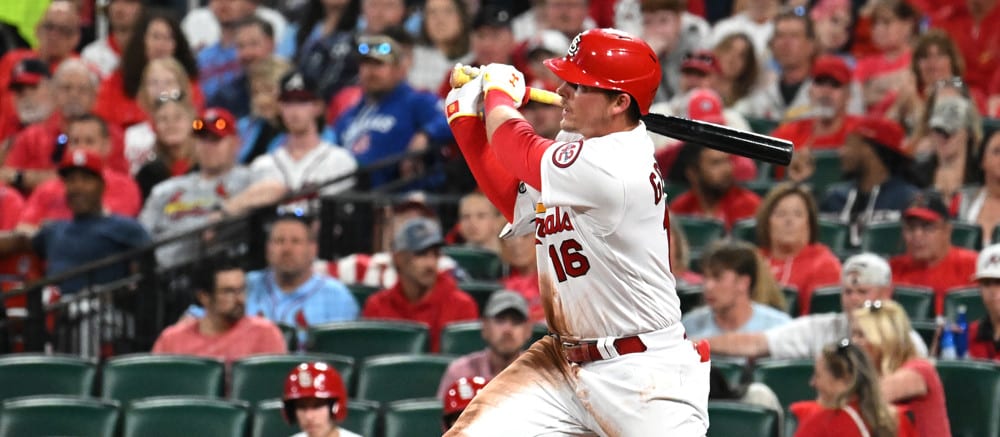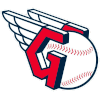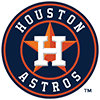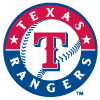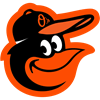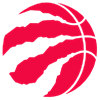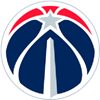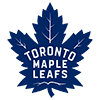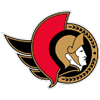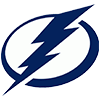The length of the fantasy baseball season and the nature of the schedule make it easy to overlook change in player performance as weeks and months tick by. One of the particular dangers is what is known as the "anchoring effect", a psychological phenomenon that causes us to rely on the information we first receive without effectively applying any subsequent information. Building off that idea, we'll use the article this week to look at some players that got off to fast starts this season but have since slowed. We'll also look for some positivity, looking at players who may have started the season slowly who have more recently got on track. Three players in each category will be covered. There were plenty of candidates for each, but the intent was to focus on players who have clearly exhibited either reason for optimism or concern paired with the change in overall results.
Slow starts, but heating up
Gorman was a popular breakout candidate entering the season, but he fell flat in April by posting just a .624 OPS with a 34.2 percent strikeout rate. In the month and a half since, he has a. 946 OPS. He's still striking out one-third of the time which hurts in most points formats, but he's balanced that somewhat with a 13.3 percent walk rate. There are some other positives in the way he's been used by St. Louis. Through mid-May, he started only five of 10 games against lefties. Since, he's started
The length of the fantasy baseball season and the nature of the schedule make it easy to overlook change in player performance as weeks and months tick by. One of the particular dangers is what is known as the "anchoring effect", a psychological phenomenon that causes us to rely on the information we first receive without effectively applying any subsequent information. Building off that idea, we'll use the article this week to look at some players that got off to fast starts this season but have since slowed. We'll also look for some positivity, looking at players who may have started the season slowly who have more recently got on track. Three players in each category will be covered. There were plenty of candidates for each, but the intent was to focus on players who have clearly exhibited either reason for optimism or concern paired with the change in overall results.
Slow starts, but heating up
Gorman was a popular breakout candidate entering the season, but he fell flat in April by posting just a .624 OPS with a 34.2 percent strikeout rate. In the month and a half since, he has a. 946 OPS. He's still striking out one-third of the time which hurts in most points formats, but he's balanced that somewhat with a 13.3 percent walk rate. There are some other positives in the way he's been used by St. Louis. Through mid-May, he started only five of 10 games against lefties. Since, he's started six of seven games without the handedness advantage. The Cardinals have also used Gorman as their cleanup hitter against righties for the entirety of June after he was deployed primarily the bottom third of the order for lengthy stretches of the season.
All told, he has at least 17.5 points in each of the last four weeks. Gorman will be rostered in almost all leagues, but fantasy managers may be stuck on the idea that he's been a disappointment relative to expectation and acquirable via trade as a result.
Unlike Gorman, Freeman should be available in shallower leagues, and even if he's rostered, it's unlikely to take much to acquire him from his current manager. He has a more traditional "points over roto" skills profile, highlighted by a decent walk rate and a low strikeout rate.
Freeman isn't going to stand out with power production, but he has 12 doubles in 202 plate appearances this season and also has shown improvement in power metrics such as launch angle, barrel rate and average exit velocity, giving him some skills to rely upon beyond just his ability to make consistent contact.
Finally, the Guardians have deployed Freeman in a fantasy-friendly way. He was the team's leadoff hitter for much of the period that Steven Kwan was sidelined. Even since Kwan's return, Freeman his hit second in the lineup as opposed to the first six weeks of the season, when he hit sixth, seventh, or eighth.
Vierling falls into a very similar category as Freeman. He's progressed from a primarily small-side platoon player, to an everyday player that hit primarily fifth and sixth, and finally is currently the Tigers' primary leadoff hitter. That shift in role has been earned through results, particularly in the last few weeks (28 and 29 fantasy points in the last two weeks). This could be a matter of a player being hot, but even if that's the case he's worth rostering in a larger amount of leagues than he currently is.
Vierling won't perform as one of the top hitters in points formats for the rest of the season, but there are reasons to think he'll remain relevant. He has improved his swing decisions, his quality of contact and is hitting fewer groundballs as compared to past seasons. That's a good combination for increased power, which is exactly what has occurred to this point in the campaign.
Cooling down after a hot start
The state of Atlanta's offense has been a frequent topic among baseball and fantasy baseball analysts across the first half of the season. In part, the team's depressed offensive output is to blame for the relatively poor individual performances of the players, but Harris' poor production goes beyond that. He began the season in decent enough form, but since May 1 he's hit .201 with a .281 slugging percentage.
There is still reason to believe in Harris. He's taken over as Atlanta's primary leadoff hitter since Ronald Acuna's injury, hitting atop the order in nine of 15 games. We should also expect the lineup to improve at some point this summer. Even if he continues to hit poorly, the context surrounding him should improve his production. I'd hold, because of the negative attention Atlanta has received Adolis Garcia 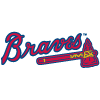
Garcia has never been the best player for points formats. At his peak, he was an elite-power speed contributor that maintained a decent batting average, but with a lot of strikeouts and not many walks to go with it. Garcia is still hitting the ball hard, but everything else in his profile is alarming.
First, he's cut into his ability to do damage with an inflated infield flyball rate (15.4 percent). He's also been extremely aggressive at the plate, chasing at bad pitches out of the zone. Garcia has gotten away with bad plate discipline in the past, but the biggest change is seemingly his inability to catch up to fastballs. His bat speed is only in the 58th percentile, his pull rate is at a career low 39.2 percent, and he has just a .265 wOBA against fastballs. In his two breakout seasons prior to 2024, that mark was .365 and .362.
Through the end of April, Altuve had a .345 batting average and a .414 on-base percentage. He paired that with an impressive seven home runs and 22 runs scored and looked to be setting himself up for an elite season. In 39 games since, he has just three homers and 17 runs scored while striking out at an uncharacteristic 21.2 percent clip. Across the last month, he's averaged only 2.2 fantasy points per game.
There isn't necessarily much action to take here. It's not an option to cut Altuve, so the primary action that can be taken would be to bench him for the time being or try to sell on name value in the trade market. For a player as talented and with as long of a track record as Altuve, a turnaround is possible. That's particularly true as the locked-in leadoff hitter in what should be one of the more productive offensive teams in the league, but Altuve's expected stats show that he has deserved his poor results and that there is actually potential for further bottoming out.


